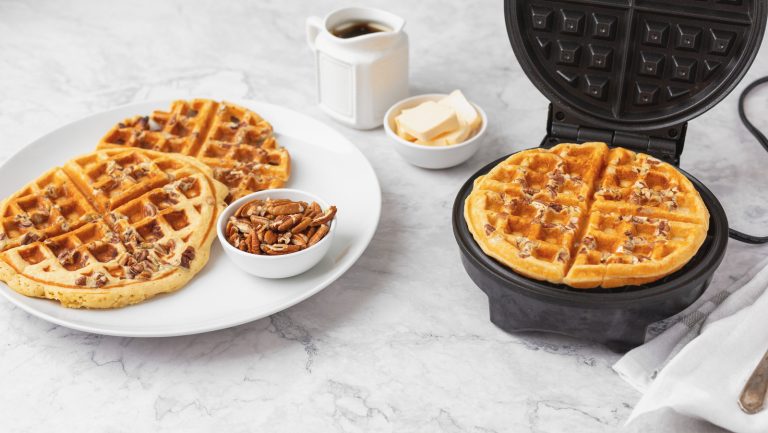Thinking of making some bacon jerky? Before you get started, check out these tips and tricks we’ve gathered from an expert, Dylan Clay, the founder of Barbecue FAQ. Thanks to Clay’s expertise, you’ll be making long-lasting bacon jerky at home in no time. The most important lesson of all is to render and remove as much fat from the pork first before dehydrating it into bacon jerky. Fat keeps meat moist, does not dehydrate well, and can promote bacterial growth, which leads to spoilage.
So to start, Clay suggests that you purchase uncooked slices of bacon that have lots of lean meat; don’t opt for the fattiest cuts of pork. Clay stated, “You can do this by buying your own pork belly or looking for thick cut bacon with more lean meat.” If you’re making beef jerky, the same rule applies — fatty meat is the type of cut you should avoid when making beef jerky.
Next, you need to render the fat from the pork belly in the oven at 350 degrees Fahrenheit for about 30 minutes. Clay advised, “Remove as much fat as possible … put on an oven safe wire rack on a baking sheet and then put the bacon on top … you’re letting fat drip away from the meat.” Once cooked, remove from the oven and remove the grease from the bacon with a paper towel.
Be patient during the dehydration process and consider a good dehydrator to make the best bacon jerky
Only after these steps are complete should you start dehydrating the bacon. “Transfer to the dehydrator set to [approximately] 130 to 140 [degrees Fahrenheit],” Clay stated. “Throughout the process of dehydrating (every hour or so), take the strips out and pat dry with a paper towel. Or use something like a brown paper bag and shake the strips around in it. Doing so just helps speed up the dehydrating process by removing surface grease.”
After three to four hours of dehydrating, start checking the bacon jerky for doneness. To do this, simply take a piece out and allow it to cool for about five to ten minutes. Clay added, “Then bend it. If you notice fibers — I call [it] “spider webbing” -– it’s done. If it still feels like rubber bands and is very pliable, it’s not done and still needs to keep dehydrating.”
It’s also essential to invest in a good dehydrator if you’re set on routinely making long-lasting bacon jerky at home. If you don’t have a trusty dehydrator yet, check out our ranked list of the 12 absolute best food dehydrators, according to reviews.






